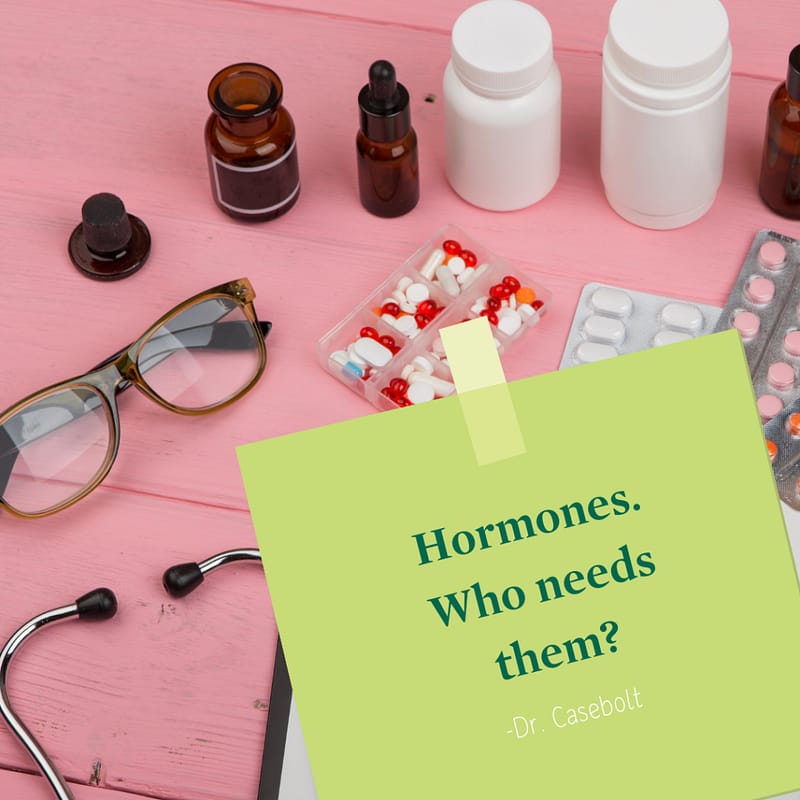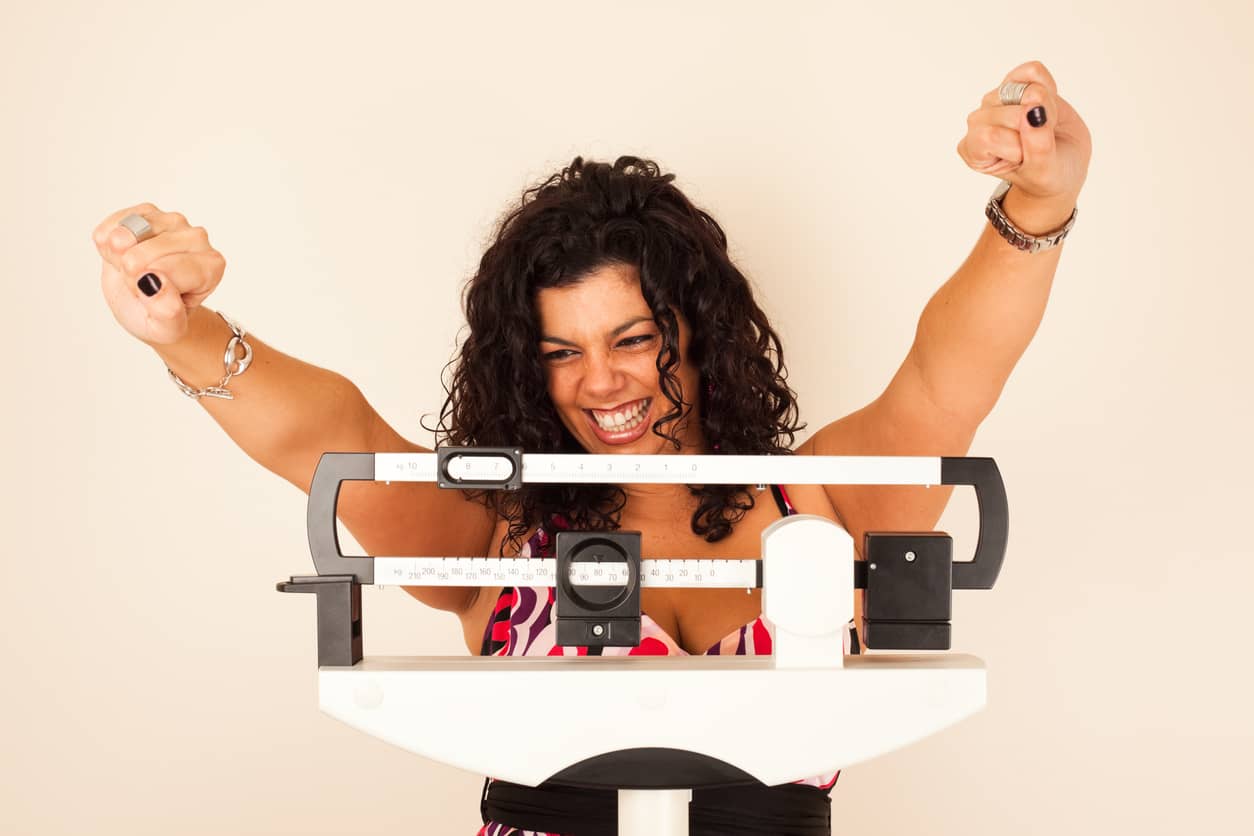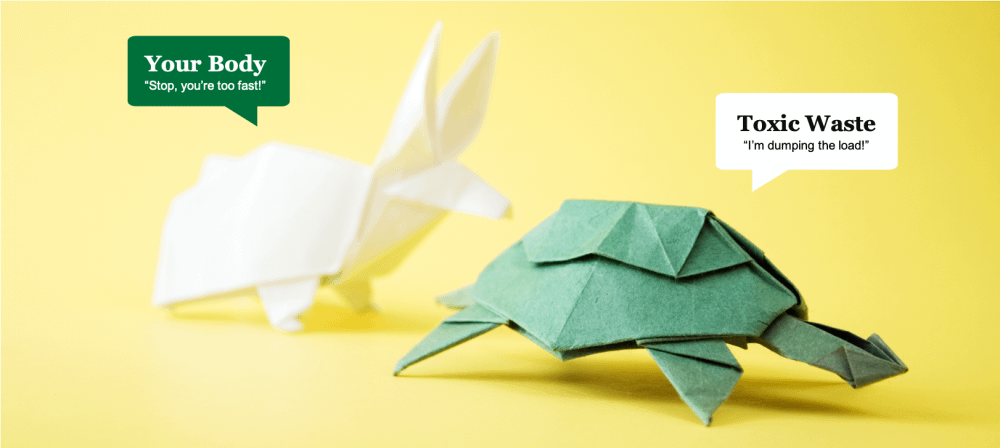We all spend the first 10-14 years of our life without the influence and interplay of the sex hormones. Other than clothing and hair style, little boys appear remarkably similar to little girls.
Then puberty occurs and distinct differences emerge between the sexes. Under the influence of estrogen, young ladies start to develop feminine curves, and under the additional influence of progesterone, begin to have monthly cycles which, unless interrupted by pregnancy, continue unabated until menopause. Under the influence of the androgens—DHEA, testosterone, androstenedione–young men have growth spurts and develop the male physique—taller height, stronger muscles, slimmer hips, deeper voice and beard growth.
With ideal hormone production, both genders enjoy typically enjoy optimal health in their 20’s with energy and libido to spare. In fact, young people end up taking their hormones for granted and assume that their benefits will always be there for them. However, like an unfaithful friend, hormones unfortunately eventually abandon us to our own devices and the deprivation can be devastating. This hormonal decline can begin as early as mid-thirties in some people.
For women, the manifestations of menopause can often start up to 15 years before the actual cessation of periods. Symptoms can range from insomnia, night sweats/hot flashes, and mood swings to low libido, achiness, brain fog, and fatigue. Men with lower testosterone levels can develop belly fat, low libido, erectile dysfunction (although there is more to ED than just hormones), fatigue and brain fog.
And those are just symptoms. There are more serious side effects to losing our hormones. Women after menopause are more likely to develop heart disease, osteoporosis and Alzheimer’s dementia. Men with lower testosterone are more likely to develop diabetes, heart disease and also dementia. It is a known fact that men who naturally have higher levels of testosterone throughout their life, live longer.
What are we to do?
Just accept this vicious curve ball thrown to us by Mother Nature and go through the final third of our lives with a lower quality of life? Until recently, most humans had little choice. Menopause (“andropause” in the case of men) just happened and there was not much one could do about it.
Fortunately, there is now ample evidence for and safe ways to supply the hormones that went AWOL on us.
But first a little history:
Estrogen as a hormone was not isolated prior to 1929. However, going back into antiquity, Chinese female nobility were given extracts of urine from young women to promote longer, more vigorous and productive lives.
In the late 19th century, it was observed that extract from an ovary could treat hot flashes, but the active ingredient remained a mystery. The first commercial extract containing estrogen was harvested from placentas. Then in 1938 it was noted that an extract from Pregnant Mares Urine (titled PMU) had a similar effect. This product was refined and renamed Premarin and was commercially available in 1942. As a testament to its effectiveness, by 1992 it was the top selling drug in the US.
Since that time there has been an explosion of knowledge about female hormone replacement therapy. Post-menopausal women at first were treated just with estrogen. However, a serious side effect became apparent. Women with an intact uterus treated with estrogen-only therapy had higher risks of endometrial (uterine) cancer so by the late 70’s physicians began prescribing synthetic progestins—compounds that blunted the effect of estrogen on the uterus.
These first hormones for women were “synthetic.” Premarin is natural for a horse but contains compounds foreign to the human body, therefore, we can consider it synthetic. Similarly, synthetic progestins were employed as a counterbalance to estrogen instead of natural progesterone.
The driving force behind the use of synthetic hormones have always been economics. Natural compounds cannot be patented and often the FDA withholds an official opinion on them landing them in the “not FDA approved” category which then (erroneously) makes people fearful of using them. If something is produced naturally and cannot be patented, there is no incentive for a pharmaceutical company to produce and then market them to physicians.
And then came BHRT—Bio Identical Hormone Replacement Therapy
However, for women an entire movement has grown around the use of BHRT—Bio Identical Hormone Replacement Therapy. These hormones by definition are bio-identical—an exact copy of the hormones the ovaries used to make. When administered correctly, this form of Hormone Replacement benefits most women who have either natural or surgically induced menopause. Dr. Jonathan Wright may have been the first physician in the US to prescribe Bio Identical Hormone Therapy to women. Since then, the movement has mushroomed as most women have better symptom relief and fewer side effects with this more natural approach.
And women do not benefit from just estrogen and progesterone therapy. Most women also benefit from testosterone therapy. Women need testosterone, just not the same amount as men. Testosterone in women helps to fuel a healthier libido, ability to orgasm, more ambition and energy and better moods. Because testosterone is naturally anti-inflammatory, some women experience relief of migraines and joint pains.
The discovery of testosterone somewhat mirrors that of estrogen. Testosterone was first isolated from a bull’s testes in 1935. However, it was chemically synthesized later that year. The interesting aspect of low testosterone is that, unlike women and menopause, the loss of testosterone is more gradual, therefore many men simply do not recognize the symptoms. Both patient and doctor alike can chalk it up to “just getting older” not realizing that low testosterone has profound effects on how a man feels.
Dr. Abraham Morgentaler, a Harvard trained urologist, may be the most influential physician expert on andropause and the use of testosterone to reverse this condition. He in fact coined the term “Low T.” Following his lead thousands of men and their physicians now recognize that low testosterone indeed as very real effects on not only metabolism but mood, libido and just general “mo-jo.”
In the next blog I will discuss the various safe ways to administer these hormones and what we normally test for.
Please join me for my webinar on BHRT and Aging Well! Register Today!







